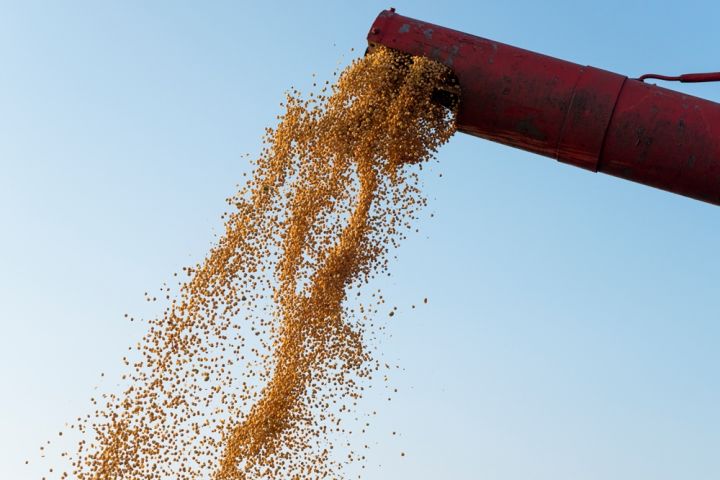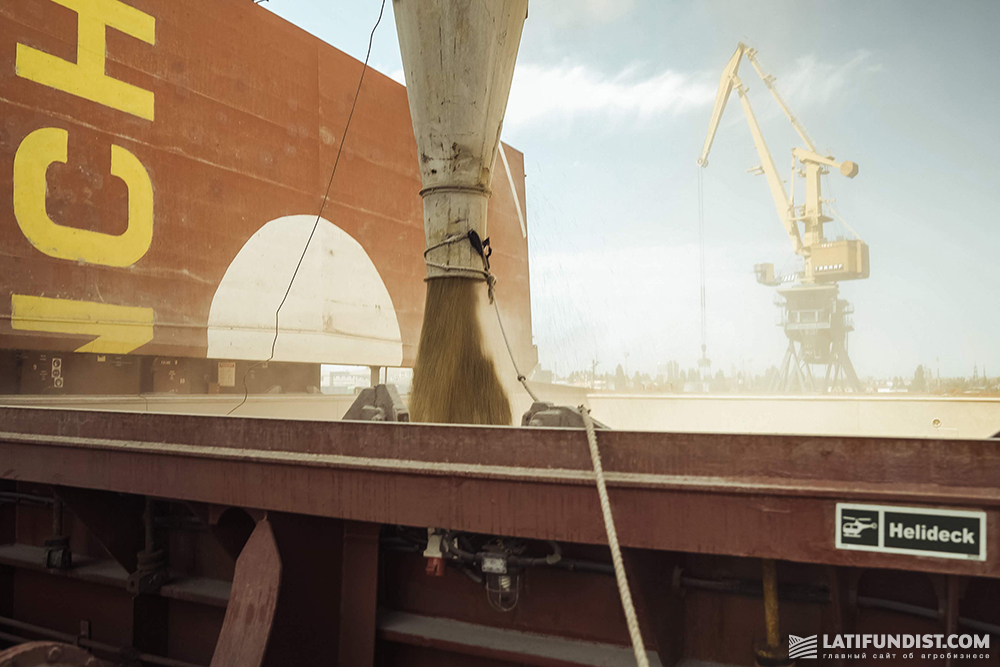Holy Cow or Sacred Bull? Where Grain Heads
Once the government meddles into business, then things are worse than they were before. Here and there, mercantilists try to rationalize the need to pay salaries to an army of officials, who prefer to take the easiest approach to problem-solving. This is also the way to significantly increase state revenues or fictitiously support the domestic industry by creating imaginary advantages for domestic goods with the help of prices. Yet, history has responded to all this many times before through Laissez-faire(An economic policy that minimizes the government intervention in the economy.). Oddly enough, it usually gets worse after such a relieve. And if in the case of the Trade War it was about the ambitions of a single leader and foreign policy (world domination, in fact), the examples of Argentina and Russia are particularly revealing, with the caveat that the domestic political order of the latter prevents citizens and businesses from active opposition.
The farmers proved to be tougher than expected. In Argentina, despite the problems with the currency, duties on all and everything, the attempts to curb the export of corn (and, perhaps, even wheat) were crushed by farmers' strike. Like waves crashing against the rocky shore. The same shore that recently brought together more than 140 vessels and, along with the weather, supported soybean and corn prices. Russian duties, which were imposed almost daily, did not calm down the market at all. Domestic prices, which this measure was aimed to protect, are not going to decrease. The wheat market, which Australia tried to contain with its rich harvest, absorbed the initial idea of EUR 25 per ton of Russian wheat, and now we have the looming 50. Naturally, the lion's share of this tariff will fall on a producer.
Many people call it shooting oneself in the foot. But by and large, all these duties on wheat are just a smooth preparation for the rise from the ashes of the Dvorkovich formula. For those who, like me, are new to the market, let me remind you: a few years ago, Russia zeroed out the export duty, but the term of zeroing has expired. From the beginning of the season, the floating formula for calculating the amount of duty will return. Hopefully, it will not rise from oblivion in the form it existed before (15% plus EUR 7.5, but not less than EUR 35). Actually, it could be zeroed out again if the domestic market calms down. The task does not read what is meant by calming down, but there is a rifle onstage(Chekhov's gun is a dramatic principle that states that every element in a story must be necessary, and irrelevant elements should be removed.) since the beginning of the play. And while the Russian FOB is ready to go for the 300 mark, importers cancel tenders.
Infographic guide Ukrainian Agribusiness 2019/20
And farmers keep on sowing. Only small players drop out of business en masse, unable to cope with financial and weather risks. A case in point came recently from across the ocean: Bill Gates, with his chipization, towers, and other ghost stories. It seems the inner child has reached a new level of Monopoly and is collecting assets in agriculture. In addition to John Deere, Gates now has as much land as marquis de Carabas. Along with Ukrainian landlords, he is, of course, still a boy in knickers, but for the U.S. such volumes are unprecedented. And before that InVivo, a farmers' cooperative, bought Soufflet. This is consolidation in action. And for some reason, everyone criticizes VTB. For creating a monopoly, for isolating the market, for all sorts of things. Although, by the way, a Russian farmer also has many to choose among the state programs. There are no such high-profile packages as Trump's during the trade war with China, but still. Anyways, history remembers where the rapid growth of production in some countries came from when the state-regulated exports in part of prices, volumes or geography. The throne is never vacant.
In Ukraine, the power structure is balanced. The exporters are stronger, the ministry is weaker than those of our competitors. And we have managed to turn this weakness into a strength. We are not a threat, we are clear and transparent for the market. We are incapable of rigid restrictions or cutbacks for it is the agrarian sector alone that brings money to the country. Alas, a rise in commodity prices in the domestic market was inevitable. Only subsidies to crushers and producers could restrain commodity inflation, but the coffers are empty. No interventions, no state reserve. Corn exports hinge only on China, as Europe is yet reluctant to buy — forecasts for imports compared to the prequarantine season decreased by a quarter.
Here comes China, which has almost officially announced it plans to buy not 7, but 10 MMT. Although, who would believe them, when in fact they contracted much more. Hardly anybody still believes that China's stocks are enormous. Otherwise, where do these plans to expand sown areas next season, approval of new GE crops varieties and negotiations on the admission of Brazilian corn to the market come from? Even if we do add corn to the memorandum, the export limit will be quite commensurate with our real capacity. As regards the sunflower export limit, it is easier for a camel to pass through the eye of a needle. No way the cost of sunflower on the local market with the production at 13.13 MMT is affected by the export growth from 70 to 170 thou. Even up to 270. Whereas the gap between reality and expectations and the hike in prices of all commodities indeed affects the market. And so does holding back sales by farmers. Having enough storage capacity, farmers are obviously scoring in the "sitting-still" game. Some crushers are operating just-in-time, which makes them more productive in convincing importers that oil at 1,300 and meal at 350 is OK. I guess the processors are already willing to import. It is true that this could further heat the market. To compensate for the domestic price, one can subsidize the processors or the population, but there is no money for that.
If we talk about the numbers, for crissake, USDA's for one, the stock-to-use ratio in the January report was down for almost everyone in corn, wheat, and even soybeans. Except China, Argentina and Russia. Strangely enough. China gained in soybeans, while Russia and Argentina in wheat. This is in spite of Russia's export figure of 39 MMT which seems to me somewhat overstated, while Argentina is forecast to have a slightly higher crop.
- What's going to happen after all this?
- January.
- January you think?
- Yes, I think... The threat of frost penetration, drying out, replanting.
- How will it all end?
- April will come.
- Are you sure it will?
- Yes, I'm sure!
Rolling out whistles and bells in an attempt to lure rain during the Northern Hemisphere spring planting season, expectations of increased sown areas, and concerns for the fate of the Chinese pigs. All faint notes of sarcasm you detected are a figment of your imagination. The market is sentimental, fractal, and volatile. The market is always right. A waltz has begun, so give me your hand. And one, two, three, one, two, three...







